Most of the time a relay is powered from a low-voltage DC source like a battery or a permanent stable DC power source. However are there modern relay designs that draw current from the circuit that they are actually switching? Perhaps a smart relay can detect the voltage, type AC or DC and do a conversion and then draw the current from the switching contacts to power the relay controllers. Eg. SIM modem, radio receiver and transistor controlling relay. This will eliminate the provision of a DC source.
A mechanical relay is said to require at the very least 50 mA of current to operate and statistically most practical applications are for actually switching are of higher voltages and currents than what's needed to operate the relays themselves. ls such a design possible where a relay draws the current it needs to operate from it's contacts and does it exist?
